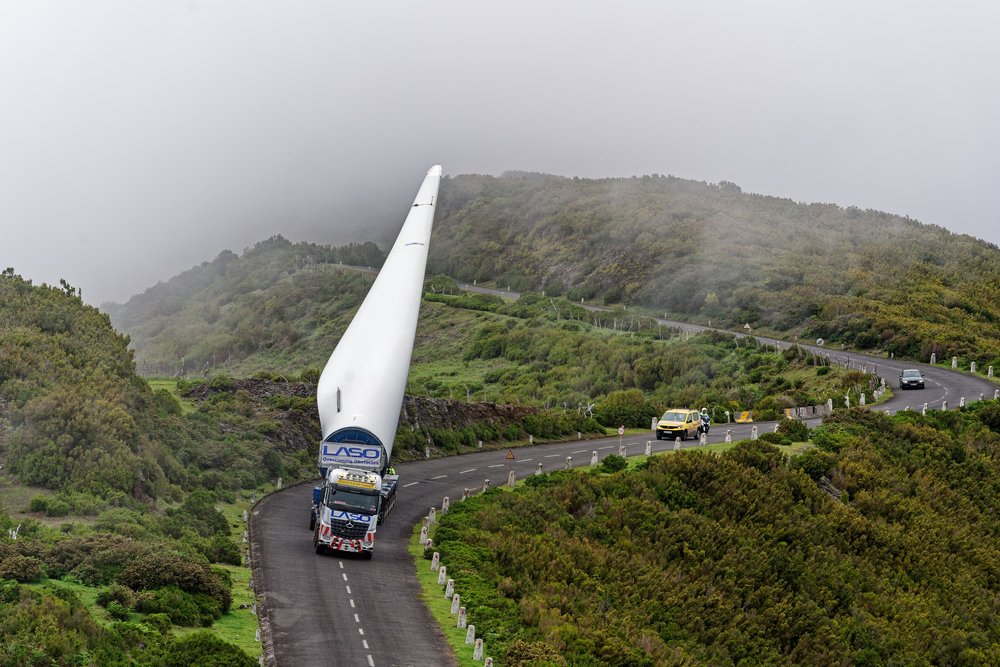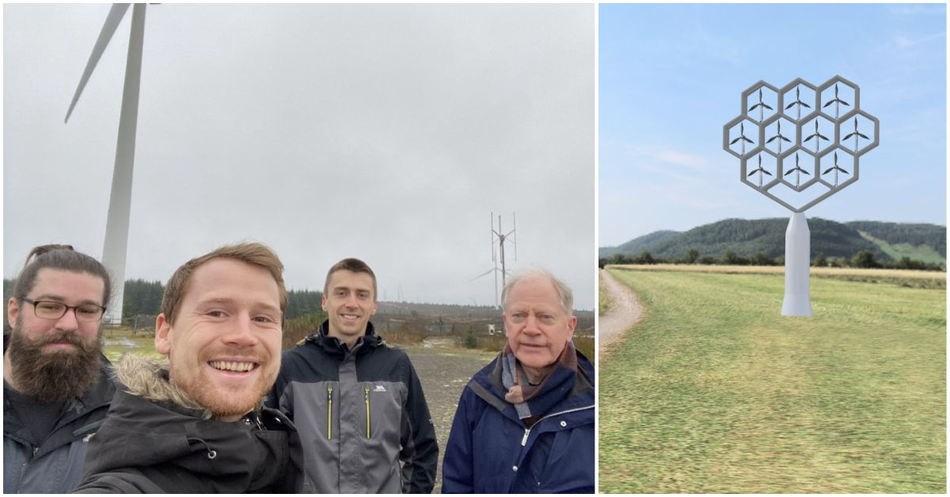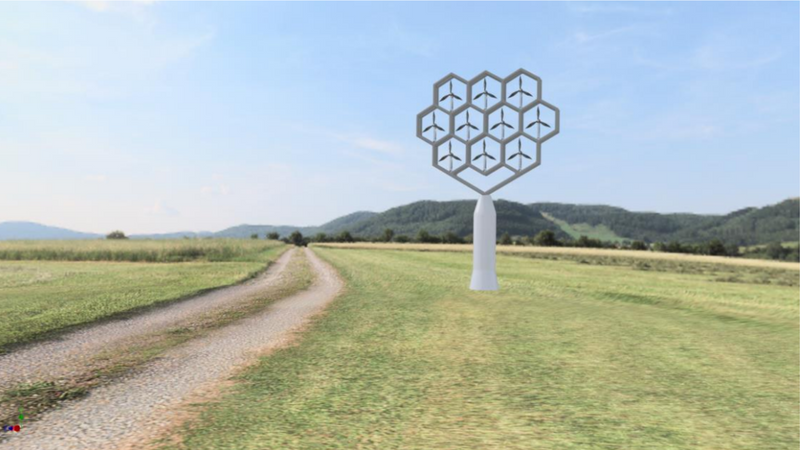The future of wind energy is modular
Rethinking the wind turbine: Students from Scotland are developing next-generation, intelligent, modular wind turbines.
This article was discussed in our Next Byte podcast.
The full article will continue below.
This article is a part of our University Technology Exposure Program. The program aims to recognize and reward innovation from engineering students and researchers across the globe.
Community voting is now live. Vote for your favorite submission by visiting: University Technology Exposure Program Community Vote.
What’s the problem?
Wind energy has been exploding in recent years with turbines getting larger, cheaper, and further offshore than ever before. So you may be asking yourself, “What’s the problem?!”.
This trend of increasing the size of turbines has been an effective strategy for reducing cost, largely because it reduces the number of installations required for a given wind farm power. But, there’s an economic and technical limit - and we’re beginning to reach it.
Moreover, the logistical difficulties of moving these huge components are getting ever more complex and indeed some onshore sites simply can’t be reached with modern large turbines. In the world of offshore wind, the development of vessels large enough to install these behemoths is struggling to keep pace too, with newer larger vessels being designed almost continuously. We’re even seeing larger cranes being installed at ports simply to be big enough to install the massive cranes on these new vessels!

With such huge components, it’s no surprise then, that there are only limited facilities in the world that can manufacture them. This fact, combined with the global drivers for a huge expansion in installed wind capacity, creates bottlenecks in the supply chain and results in huge wind turbine jackets (offshore subsea supports) being shipped halfway around the world.
Maintaining the turbines is an expensive business too at this scale. For large offshore wind turbines, jack-up vessels (very large ships with legs that they can use to raise themselves out of the water) are required, and can cost upwards of £500k/day to rent!
Finally, the component materials have also been changing over the last few decades. For example, blades that used to be steel in the early days of wind energy, are now glass-reinforced fibre composites and not very easy (if not impossible) to recycle. To put this in perspective, at the end of a single wind farm's life, there could be hundreds of 80-100m long blades that can’t be recycled and end up in landfills.
Our solution
Our solution to the above problems is the multi-rotor wind turbine (MRWT). Essentially, a MRWT is an array of many smaller rotors on a single support structure, rather than one large rotor like the conventional wind turbines we see today.
This approach takes advantage of fundamental scaling laws (the square-cube law) and allows us to circumvent some of the problems of larger single-rotor turbines while actually increasing performance and (we think) looking pretty cool at the same time.
To understand the scaling law, we find the best example is to consider something like a Rubik’s cube. If you want to scale up a small cube to three times the width, you might end up with something looking like the left-hand side of the below image.
Component cost is linked to the volume of the cube, so the larger one now costs 33 = 27 times as much as the small cube. Energy capture is linked to the front-face area (the rotor area), which is now 32 = 9 times greater. However, if you simply stack lots of smaller cubes together, you can get the same increase in energy capture, but for only ⅓ of the cost increase. Clearly, there’s more to it than that, but you get the idea.

In addition to the reduced capital cost, there are several other benefits to this approach. Firstly, operations and maintenance (O&M) costs are greatly reduced due to inherent redundancy, built-in lifting equipment (to avoid big heavy-lift vessels), and much quicker time-to-repair (or a simple replacement of a module).
Secondly, the MRWT can achieve increased energy capture relative to a conventional turbine. This is the result of three well known aerodynamic effects:
The blockage effect
Reduced spatial averaging
Reduced temporal averaging
Thirdly, the myriad of rotors offers exciting opportunities in the world of wind turbine control, including innovative yawing strategies and wake manipulation.
Finally, at the wind turbines’ end of life, because our blades are significantly smaller than conventional wind, we can use recyclable materials such as thermoplastics, helping to build a green and circular economy.
The MRWT has been subject to many academic studies over the last 40 years or so, but we believe the next steps in technology development must take place in the wider industry.
Meet the team
We are a team of three PhD students, currently writing up our theses in complementary areas of wind energy technology (pictured, right, on our a recent trip to the Myers Hill test site near Glasgow, UK). To take MRWTs to the next level, we joined the Conception X start-up accelerator programme in 2021 and learned exactly what it takes to move from academia into commercialising deep-tech ideas. We registered our start-up company, Myriad Wind Energy Systems, in August 2021 and went on to win the Conception X DemoDay Prize in November out of a cohort of around 70 start-ups.


We’re still early on in our start-up journey, but have come a long way from our first cardboard models (video below)! We’re currently looking to raise an initial round of funding through government grants and private investment and hope to have a working demonstrator project in the next couple of years.
We believe the time could not be better for MRWTs and we’re passionate about reducing the price, impact, and complexities of wind energy in this crucial couple of decades for renewables.
About the University Technology Exposure Program 2022
Wevolver, in partnership with Mouser Electronics and Ansys, is excited to announce the launch of the University Technology Exposure Program 2022. The program aims to recognize and reward innovation from engineering students and researchers across the globe. Learn more about the program here.


